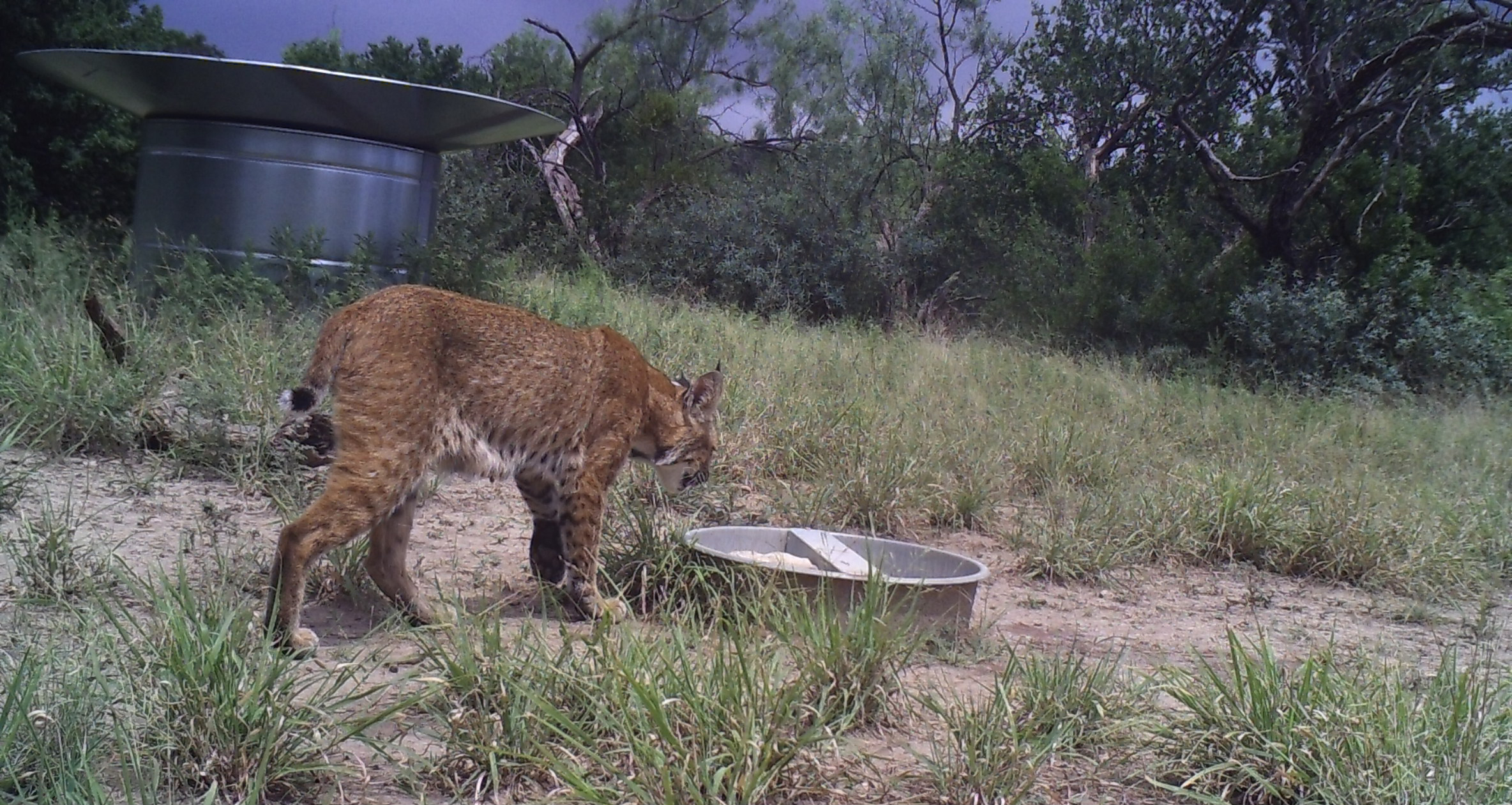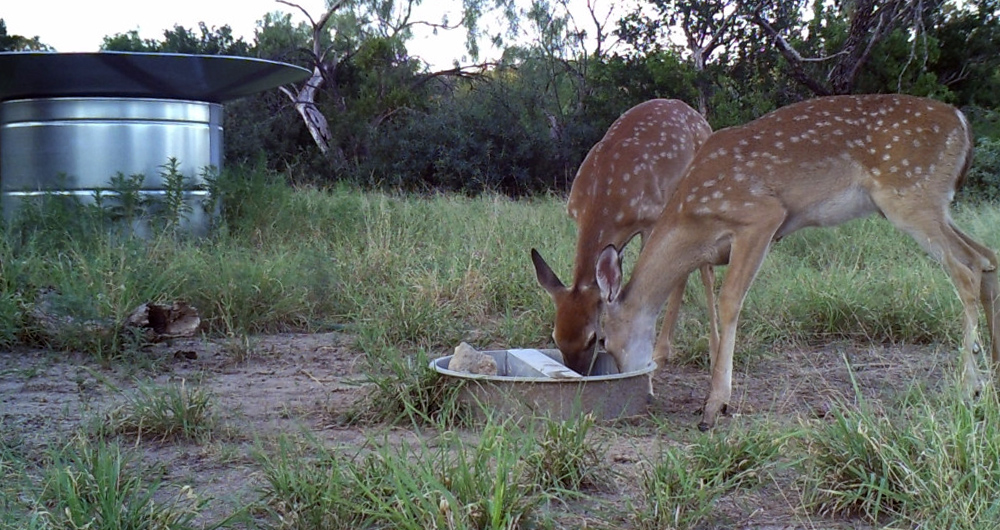The record-breaking temperatures across Texas during May and June of 2022 were nothing short of breathtaking. In the final week of June, Austin hit 100 degrees 21 times during the month and 12 days in a row, a new June record. And, but for that final week when some rain scattered around the state, it’s been a relentless, dry heat with more on the way. While Texas wildlife are adaptable, there is no substitute for water. The following takes a look at what we can continue to expect weatherwise and what you can do help ensure the wildlife on your property have access to water.
El Niño, La Niña, and what they mean for Texas
Persistent weather conditions like drought tend to provoke mentions of El Niño and La Niña. What’s the difference and which one is causing this current bleak weather pattern? International journal, Nature, offers a helpful explanation:
“La Niña and its counterpart, El Niño, are phases of the El Niño–Southern Oscillation (ENSO) that occur every two to seven years, with neutral years in between. During El Niño events, the usual Pacific winds that blow east to west along the Equator weaken or reverse, causing warm water to gush into the eastern Pacific Ocean, increasing the amount of rain in the region. During La Niña, those winds strengthen, warm water shifts west and the eastern Pacific becomes cooler and drier.”
The current dry conditions can be attributed to an ongoing La Niña that, forecasters say, could persist into 2023, increasing the risk of droughts and wildfires in the southwestern U.S. This would be a third consecutive year for La Niña, a rare occurrence that has happened only twice since 1950. Whether this is a “random blip” in the climate or indicative of lasting climate change, at least for this year and into the next the wildlife on your property may need supplemental water sources.
Adding supplemental water sources to your property
Providing supplemental water sources for wildlife not only benefits them, it’s also a qualifying activity for your Texas wildlife exemption program. The most effective wildlife watering stations, also known as guzzlers, capture rain which is then funneled into a tank. Water is made readily available for wildlife through a water pan and float valve. For the DIY types, this YouTube video shows a simple guzzler made from scraps. For those who prefer already done, there are ready-to-install watering stations like the one offered by Landmark Wildlife. The unique funnel design of Landmark’s guzzler takes advantage of also collecting condensation on warm, humid mornings. As we face more drought-prone conditions, consider adding another guzzler (or more) to your property to take full advantage of the rain that does come.
Maintaining wildlife watering stations
Recently, Landmark clients noticed that every day the deer were draining dry the decorative birdbaths around their house. This prompted a check of the guzzler closest to the homestead where they found that the float was stuck so the water could not flow into the water pan. After that simple repair, more guzzlers around the property were checked where cracked pipes were discovered (possibly a result of being weakened in the “big freeze” and then subjected to the recent unusually high temperatures), allowing the water to slowly leak out. If it’s been a bit since you checked any of your existing wildlife watering stations, there’s no time like the present. The occasional rainstorm can brew quickly, and often without much notice, so make sure you’re ready to catch every drop you can.
Supplementing the supplemental wildlife water
Sometimes, no matter how hard we wish for it, the rain just won’t come. If your guzzlers are empty, you can fill them with water from another source. It’s a good idea to have another water tank, one that fits in the bed of a truck, at the ready. You can fill it up at another source (e.g, your house), attach a hose, and release the water into the guzzler. These types of portable tanks are readily available at Tractor Supply and other stores.
Wildlife watering stations are also excellent locations for game cameras. The bobcat in the photo, above, and the fawns, below, were captured on camera at a Landmark guzzler.










